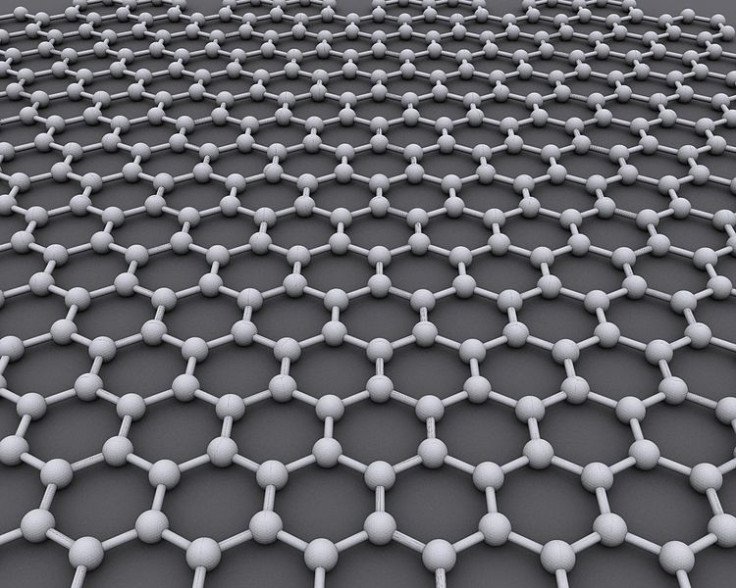Graphene could one day create fuel-free spacecrafts

The miracle material graphene could one day be used to create fuel-free spacecrafts, scientists have said.
Researchers say graphene could be used to make a light-powered propulsion system for a spacecraft following the discovery that the material, which is just one atom thick, can turn light into movement.
This, they say, would be better than solar sails, New Scientist reports.
Earlier this year, the scientists from the University in Tianjin in China created a "graphene sponge" that was made by fusing crumpled sheets of graphene oxide. When they cut the graphene sponge with a laser, the light pushed the material forward.
Although lasers have been found to move single molecules, the sponge should have been far too large to move.
Scientists discovered graphene by accident. It is made of carbon atoms arranged in a honeycomb lattice and is 200 times stronger than steel, more conductive than copper and as flexible as rubber. For these reasons, it has been dubbed a "wonder material".
Scientists recently announced they had found a way to turn graphene into a supercapacitor that could charge electric cars in just four minutes, for example.
Now, the Tianjin researchers have discovered how graphene can be moved with light on a large scale. Researchers placed pieces of the graphene sponge into a vacuum and fired lasers of different wavelengths and intensity at them.
They found they were able to push the sponge pieces upwards as far as 40cm and even managed to get it to move using just ordinary sunlight.
While they are not exactly sure how this happens, they believe the graphene acts like a solar sail – photons transfer momentum to an object to push it forwards. And this tiny effect could be used in the vacuum of space to push a spacecraft forwards.
"It has been a great challenge to achieve the direct light manipulation of matter on a bulk scale," a statement said. "In this work, the direct light propulsion of matter was observed on a macroscopic scale for the first time using a bulk graphene based material."
"These results offer an exciting opportunity to bring about bulk scale light manipulation with the potential to realise long-sought proposals in areas such as the solar sail and space transportation driven directly by sunlight."
© Copyright IBTimes 2025. All rights reserved.





















